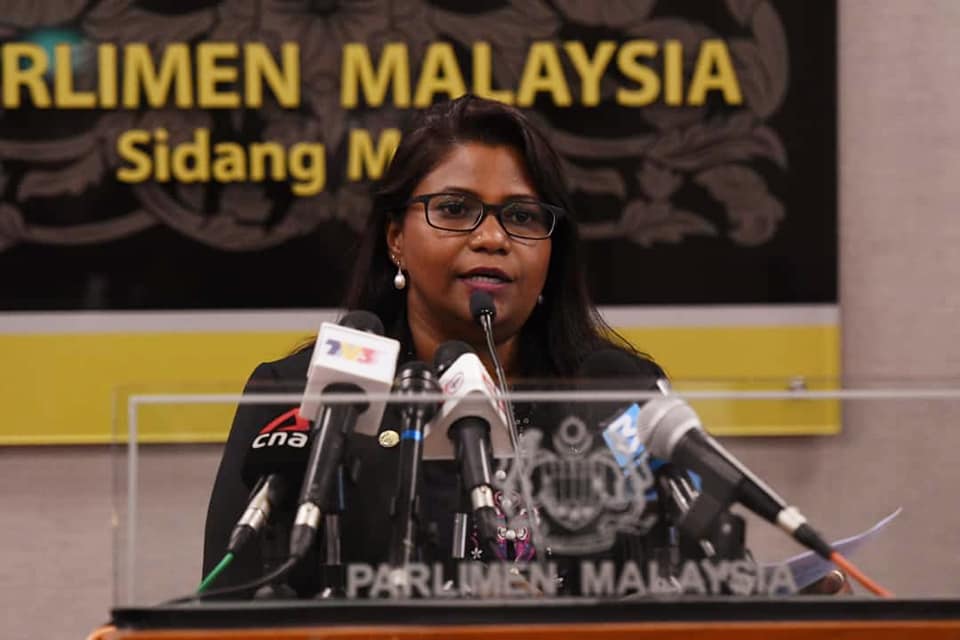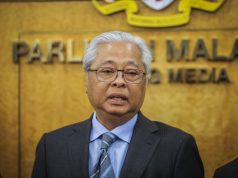

Taib, who is also State Resources Planning and Environment Minister, said this included compensation and livelihood restoration to be paid according to local laws and regulations, poverty eradication and development that could be funded by the state or federal government under the five-year development plans.
“We know that the biggest hindrance for the directly affected people is the uncertainty of the proposed resettlement and how that proposal can be a success,” he said at a state dinner in conjunction with the official opening of the International Hydropower Association (IHA) World Congress 2013, being held for the first time in Asia, here tonight.
“We (government) have learned that if we leave a vacuum, others will quickly fill the space with information, more often than not inaccurate information. “Hence, the best cure for this understandable anxiety is constant communication,” he said, adding that those directly affected must also adjust and work hard to be successful and create a prosperous community.
He said one of the major findings gathered from the contemporary ethnography study on the Penans as part of the social and environmental impact assessment (SEIA) for the Murum dam, which was currently 80 percent completed, was the transition to a new way of life needed technical and other assistance.
Taib said it was quite clear, therefore, that the strategy in Sarawak was to develop hydropower to raise the living standards of its own local people, which the government would not be able to justify the heavy cost of development to provide basic infrastructure into the interior for only a few longhouses.


While the intrinsic demand in the domestic and commercial sectors was slightly more than 1,000 megawatts, the argument was whether the people wanted to stay as they were or try to build a stronger foundation for faster growth in future, he said.
He said the Bakun hydro project was delayed due to the Asian financial crisis in 1997 but it was able to deliver electricity to its first customer in April this year.
In the interim the state government convinced the federal government that the power from Bakun should be retained for use to develop industries in Sarawak by providing a vital ingredient in the development of the Sarawak Corridor of Renewable Energy (Score), which signalled for the first time the emergence of a serious industrial economy from predominantly agriculture base, he said.
He also said it was an honour for Sarawak to host the fourth world congress of the IHA, which was formed in 1995 under the auspices of Unesco in tackling technical strategic, social, environmental and financial problems that were affecting the development of the world’s hydropower resources.
Also present were IHA president Dr Refaat Abdel-Malek and delegates from some 60 countries.
– BERNAMA










